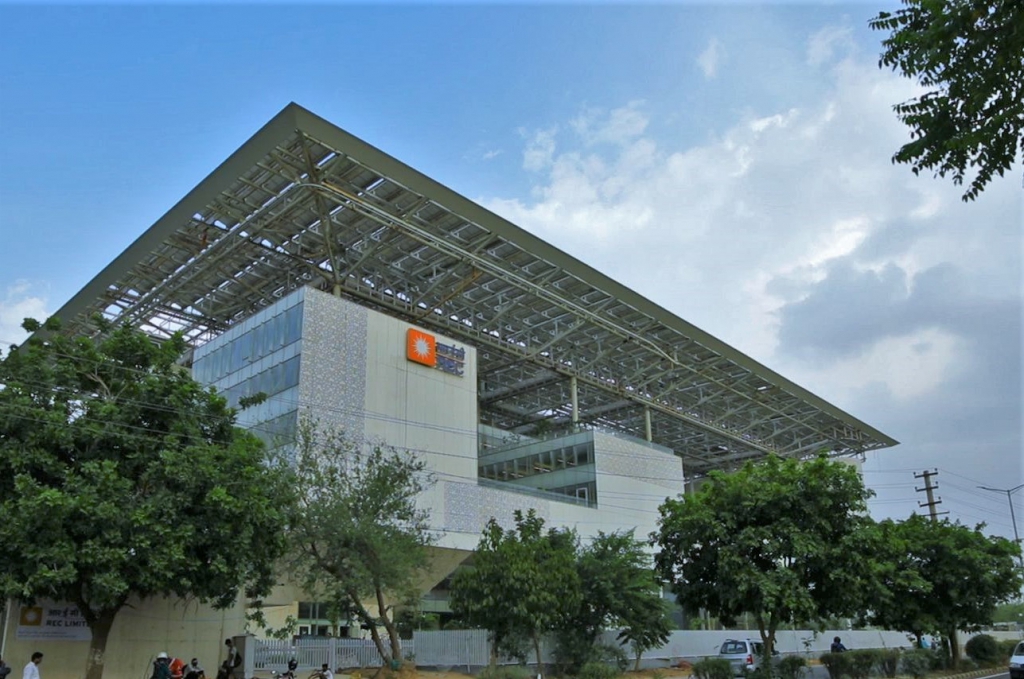In response to the nation’s rising energy needs, the coal sector is pioneering sustainable mining practices, demonstrating a commitment to environmental responsibility and the afforestation. Over the past decade, Coal Public Sector Undertakings (PSUs) have successfully converted 18,849 hectares of land into green cover by planting an impressive 42.3 million saplings, showcasing their unwavering commitment to eco-friendly coal mining practices.
The challenge for coal mining projects lies in obtaining mandatory environmental and forestry clearances, especially when identifying Compensatory Afforestation (CA) land for Forest Clearance (FC). To streamline this process, reduce costs, and promote afforestation, the Ministry of Environment, Forest, and Climate Change (MoEFCC) issued guidelines for Accredited Compensatory Afforestation (ACA) on January 24, 2023. This proactive initiative encourages private landowners and government institutions to contribute to afforestation, thus increasing green cover beyond traditional forests.

In alignment with ACA guidelines, Coal PSUs have identified 3,075 hectares of afforested non-forest de-coaled land suitable for ACA. Proposals have been submitted to State Forest Departments to expedite Forest Clearance for future coal mines requiring forest land diversion.
A noteworthy example of these efforts is the Bishrampur Opencast Project by South Eastern Coalfields Limited in Chhattisgarh. Initiated in 1959-60, the project concluded in July 2018 due to resource exhaustion, marking a benchmark for sustainable mining and responsible land reclamation. The phased closure within a leasehold of 1,472 hectares incorporated physical/technical and biological reclamation methods to restore mined-out areas. Reclaimed forest land, allocation for a solar plant, and the successful biological reclamation of non-forest land highlight the project’s commitment to environmental protection.
The reclaimed land now boasts a thriving ecosystem featuring indigenous species such as Kesia Samiya, Acacia, Nilgiri, Sagwan, Khair, Babul, Sheeshu, Bottlebrush, Aam, Siris, Jamun, Neem, Gulmohar, Teak, Karanja, etc. A mine void has been transformed into a reservoir, playing a crucial role in supplying water for various purposes, including supporting recolonized flora and fauna. The project’s dedication to environmental protection, coupled with Accredited Compensatory Afforestation (ACA), has identified 899.17 hectares of afforested non-forest de-coaled land for ACA.
This initiative underscores the coal sector’s commitment to responsible and sustainable coal mining practices. The pioneering ACA approach not only ensures continued coal availability for rising energy demands but also makes a significant contribution to environmental conservation and biodiversity enhancement in coal-rich regions.





